Tag: mortality

The Association Between Visiting Intensivists and ICU Outcomes
During a period of service reconfiguration, intensivists routinely rostered to work in one ICU worked in another of the hospital's four ICUs. "Home" intensivists were those who continued to work in their usual... read more

Oliguria and AKI in Critically Ill Children
Nearly one in five critically ill children with acute kidney injury (AKI) do not experience increase in serum creatinine. These acute kidney injury events, which are only identified by urine output criteria, are associated... read more
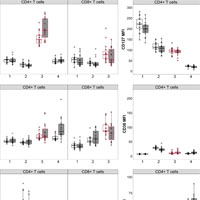
TCR Activation Mimics CD127 low PD-1 high Phenotype and Functional Alterations of T Lymphocytes from Septic Shock Patients
The proportion of CD127lowPD-1high T cells in patients was increased compared with healthy volunteers, although no global CD127 regulation was observed. Our results suggest that TCR activation participates in the occurrence... read more

Contemporary Management of Cardiogenic Shock
Cardiogenic shock (CS) is a multifactorial and hemodynamically diverse high-acuity illness that is frequently associated with multisystem organ failure. The complexity of CS requires a widespread application of best-care... read more

Obesity Improves Short-term Survival in Sepsis
In a large cohort study of 55,038 adults hospitalized with sepsis, short-term mortality (death or hospice) was lower in overweight and obese patients compared with those with normal body mass indices (both unadjusted and... read more
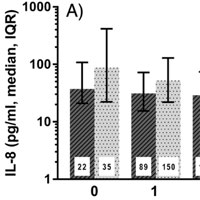
A Prospective Investigation of Interleukin-8 Levels in Pediatric ARF and ARDS
The association of plasma interleukin-8 (IL-8), or IL-8 genetic variants, with pediatric acute respiratory distress syndrome (PARDS) in children with acute respiratory failure (ARF) at risk for PARDS has not been examined.... read more
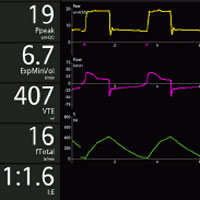
How to Improve Patient-ventilator Synchrony
Asynchronies are a frequent issue in ventilated patients. They represent a mismatch between the inspiratory and expiratory times of patient and ventilator, and thus a failure to provide ventilated patients with optimal assistance.... read more
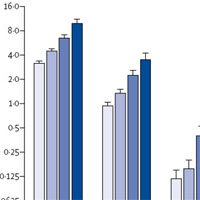
Mortality and Cardiovascular and Respiratory Morbidity in Individuals with Impaired FEV1 (PURE)
The associations between the extent of forced expiratory volume in 1 s (FEV1) impairment and mortality, incident cardiovascular disease, and respiratory hospitalisations are unclear, and how these associations might vary... read more
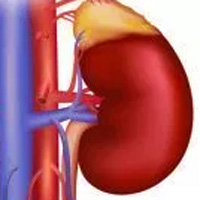
A Pilot Study Evaluating the Effect of Cooler Dialysate Temperature on Hemodynamic Stability During Prolonged Intermittent RRT in AKI
Acute kidney injury (AKI) requiring renal replacement therapy (RRT) is associated with high morbidity and mortality. Complications of renal replacement therapy include hemodynamic instability with ensuing shortened treatments,... read more
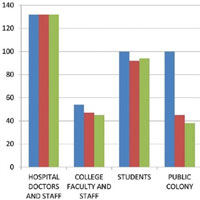
Mobile Devices Are Reservoirs for the Transmission of Nosocomial Pathogens
Global burden of hospital-associated infection (HAI) is on the rise and contributes significantly to morbidity and mortality of the patients. Hundred percent contamination was found in mobile phones and hands of HCWs indicating... read more

Occupational Therapy for Delirium Management in Elderly Patients without Mechanical Ventilation in an ICU
Delirium has negative consequences such as increased mortality, hospital expenses and decreased cognitive and functional status. This research aims to determine the impact of occupational therapy intervention in duration,... read more

Characteristics, risk factors and outcomes of Clostridium difficile infections in Greek ICU
Clostridium difficile is one of the major causes of diarrhea among critically ill patients and its prevalence increases exponentially in relation to the use of antibiotics and medical devices. We sought to investigate the... read more
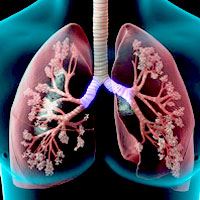
Diagnosis and Management of Acute Exacerbations of COPD – Pharmacology CME
As more and more patients present to the ED with symptoms that suggest an acute exacerbation of Chronic Obstructive Pulmonary Disease (COPD) –worsening dyspnea, cough and sputum production – emergency clinicians can... read more
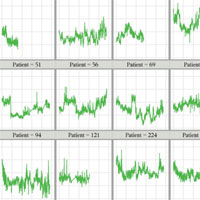
Incidence, Severity, and Detection of Blood Pressure Perturbations after Abdominal Surgery
Intraoperative and postoperative hypotension are associated with myocardial and kidney injury and 30-day mortality. Intraoperative blood pressure is measured frequently, but blood pressure on surgical wards is usually measured... read more




